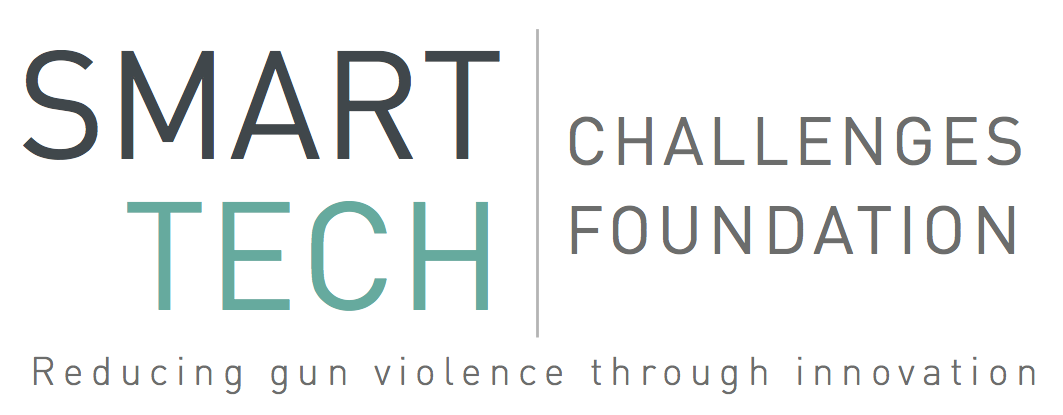Smart guns could save our children
Why shouldn’t guns be “smart” to avoid accidental and intentional deaths? “Smart” keys for automobiles have cut down on auto theft. “Smart” phones use pins, passwords and fingerprints to reduce theft.
Smart Gun technology has existed since the 1880s when Smith & Wesson manufactured and sold 500,000 childproof handguns. Smith & Wesson advertised that “no ordinary child under 8 years old could possibly discharge it.” Today that option no longer exists.
The Brady Campaign notes that 1,700,000 (yes million) children live in homes where guns are unlocked and loaded. According to the FBI and the Centers for Disease Control and Prevention, guns in the hands of children kill an estimated 80 preschoolers each year, more than the 50 police officers killed each year.
Every gun in the hands of a child must first pass through the hands of an adult.
A new report, “Innocents Lost,” analyzed publicly reported data on unintended child shooting deaths from December, 2012 to December, 2013 and issued these facts:
Forty percent of unintentional child shooting deaths take place in the room where the gun is stored.
Boys are killed in unintentional shootings three times more often than girls, and are 10 times more likely to pull the trigger.
The majority of unintentional child shootings take place in towns with populations of less than 50,000 people.
Toddlers, ages 2 to 4, are at the highest risk of a self-inflicted shooting.
Children ages 10 to 14 have the highest risk of being unintentionally shot by a peer. Two-thirds of unintentional shootings took place in the home or vehicle owned by the victim’s family.
Seventy percent of unintentional shootings could be prevented if the firearms were stored locked and unloaded.
Nicholas Kristof wrote in the New York Times that 17-year-old Kai Kloepfer from Boulder, Colo., responded to the Aurora theater massacre by engineering a “Smart Gun” for a science fair project. His design won a grand prize in the Intel International Science and Engineering Fair and a $50,000 grant from the Smart Tech Challenges Foundation.
The most well-known manufacturer of Smart Guns is Germany’s Armatix iPl. They are currently promoting their products to the U.S. military and police associations.
One potential market for Smart Guns are women, who according to the National Sports Shooters Foundation now purchase 25 percent of industry products. They are the ones most likely to want to protect both themselves and their families from unintentional injury or death.
According to Stephen Teret, a gun expert at the Johns Hopkins School of Public Health, “smart guns are going to save lives. They are not going to save all lives, but why wouldn’t we want to make guns as safe a consumer product as possible?”
An important question is, can Smart Guns help lower these statistics if the technology is supported and encouraged?
The size of the civilian market is unclear. A poll in New Jersey found that 72 percent of gun owners supported the development of smart technology and that parents could be a fruitful market.
But a recent poll from the National Shooting Sports Foundation (based in Newtown) found that just 14 percent of Americans are likely to buy a Smart Gun, and the majority believe they are unreliable.
Many gun rights advocates are hostile to the concept, arguing it is a ploy for gun control and against the Second Amendment. The gun manufacturers have also been wary and fear that once the first Smart Guns are established, the technology will become mandatory.
Companies working on the technology, along with those who are going to be selling Smart Guns are betting that demand for the technology will increase as consumers seek guns modified for safety.
A Senator in Virginia recently put forward a gun-control measure that would have made it a misdemeanor to allow a child 4 years of age or younger to use a firearm. He noted, “I hope we can agree that toddlers should not be allowed to play with a gun.”
A lobbyist for the NRA countered that the bill “would impose an arbitrary minimum age at which a person would be allowed to receive firearm training.” The bill failed, the NRA won, and our children lost.
Americans need to ask themselves: “Do we love our guns more than we love our children?”
Sadly, so far, the answer is yes, but as time goes by Smart Gun technology could help reduce the injury and death of our children.
Gail Lehmann is a resident of Ridgefield.
Originally published for the News-Times in Danbury, Connecticut.
